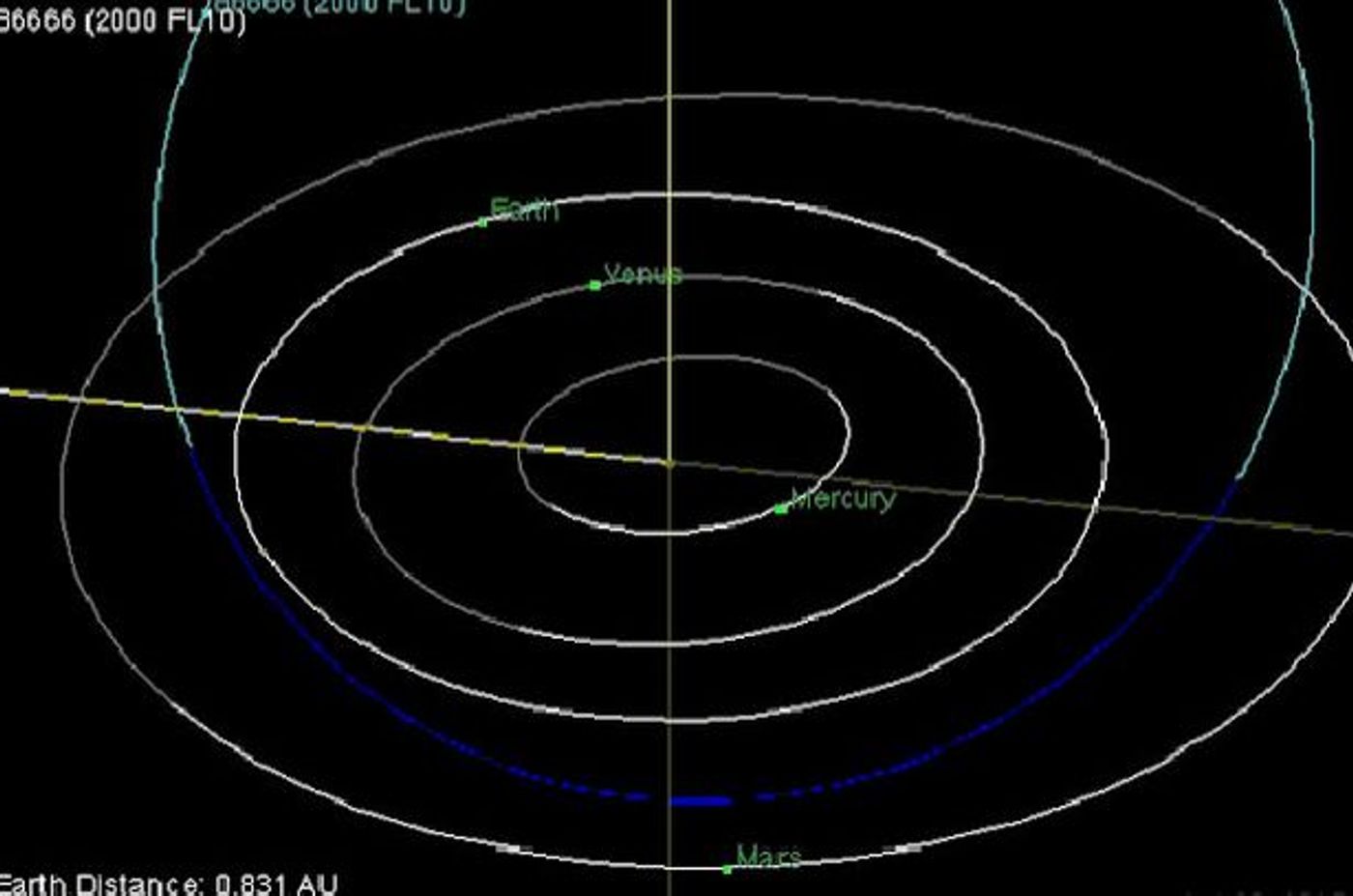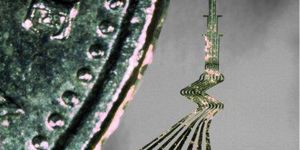Large Asteroid to Pass Close to Earth on Halloween
NASA has announced that a huge asteroid called 2015 TB145 will fly by the planet Earth within 1.3 lunar distances on Halloween night (October 31st). This is a very close encounter between the Earth and a large asteroid, which hasn’t happened since 2006, and won’t happen again until 2027 when another asteroid dubbed 1999 AN10 arrives within 1 lunar distance to fly by.
A lunar distance is the amount of space between the Earth and the Moon, which NASA notes is approximately 238,900 miles. Since the asteroid will be traveling at 1.3 lunar distances away, this means it will be a little further than the distance of the Moon from the Earth.
2015 TB145 was discovered on October 10th of this year during the Pan-STARRS I survey, which aims to detect close asteroids before they pose a threat to the Earth.

Although many people will be standing outside on Halloween night, trick-or-treating, or even looking up at the night skies looking for a trace of the asteroid, NASA will be taking advantage of the moment to get close looks at 2015 TB145 and study it with telescopes and imaging equipment while it’s close.
The asteroid, which is about half of a kilometer across, will be moving at more than 78,000 miles per hour. Just to put that speed into perspective for you, a bullet moves at about 1,700 miles per hour as it exits the gun barrel.
“The asteroid is in an extremely eccentric (~0.86) and a high inclination (~40 deg) orbit.” NASA said in a bulletin. “It has a Tisserand parameter of 2.937 hinting that it may be cometary in nature. Its absolute magnitude of 19.9 indicates that its diameter is probably within a factor of two of 320 meters. At closest approach the SNRs/run at DSS-14 are expected to be over 20000, so this should be one of the best radar targets of the year.”
NASA does note that it’s difficult to track of the asteroid’s trajectory, but they’re certain that it will not come in contact with Earth, so we’re safe (this time). Because NASA says it’s “cometary,” speculation says it’s made up of dust, ice, and rock, rather than rock and metal like an asteroid would be.
Observers will be able to see the asteroid in the sky with telescopes as it approaches and leaves.
Source: NASA








